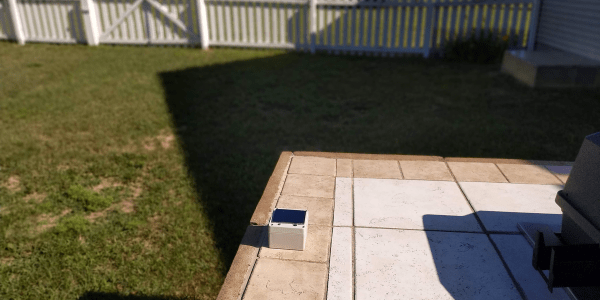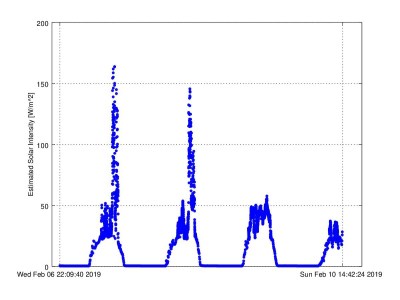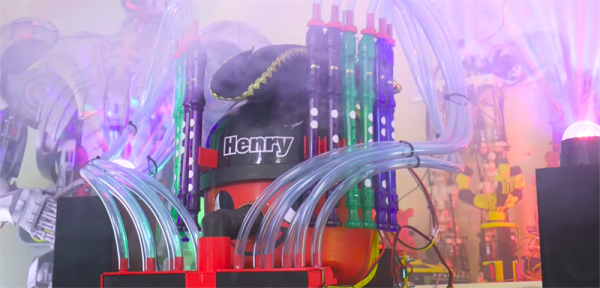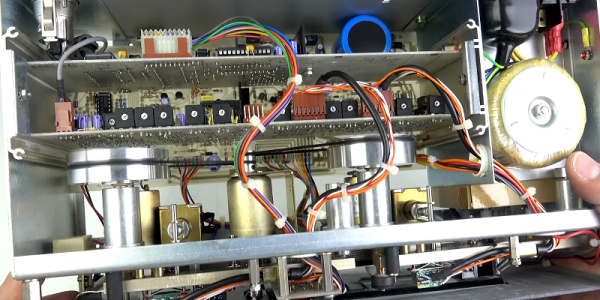Although many people might remember the recorder as just a simple instrument from their introductory music classes, it can nevertheless produce rich and varied melodies in the hands of a virtuoso like Frans Brüggen. [Luis Marx] also took music lessons as a child, but never progressed much beyond an elementary level. Instead, he preferred to spend his time honing his engineering skills, which eventually enabled him to get back into music.
Initially, he wanted to build a piano-playing exoskeleton, to marionette his fingers up and down the ivories, but had to bail on that one because of the insane complexity. So instead, he built himself a robot that helps him play the recorder. (Video, in German, embedded below, fast-forwarded to the recorder part.)
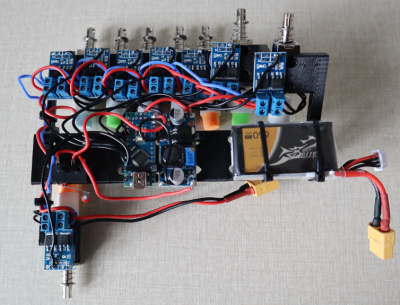 A recorder has eight finger holes, which can be covered or uncovered in various combinations to produce tones. [Luis] therefore used eight solenoids, mounted on a 3D-printed frame, to actuate the finger holes. The basic idea worked, but getting the solenoids to fully cover the holes each time turned out to be a challenge: even a slight misalignment would cause air to leak past the plug and produce a horrible off-key sound.
A recorder has eight finger holes, which can be covered or uncovered in various combinations to produce tones. [Luis] therefore used eight solenoids, mounted on a 3D-printed frame, to actuate the finger holes. The basic idea worked, but getting the solenoids to fully cover the holes each time turned out to be a challenge: even a slight misalignment would cause air to leak past the plug and produce a horrible off-key sound.
After a lot of trial and error, [Luis] found foam earplugs to be a pretty good material for emulating human fingertips. He also discovered that relying on the solenoids’ spring tension to keep the holes closed was not reliable; a better solution was to flip the solenoids around and use the much larger force from their powered stroke to create an air-tight seal.
The solenoids are driven by an Arduino Nano through a set of MOSFET modules, powered by a lithium battery. [Luis] wrote some Arduino sketches with famous melodies like Beethoven’s Für Elise, which sound quite decent on the robo-recorder: perhaps not on Frans Brüggen’s level, but pretty impressive for a self-declared “music noob” like [Luis].
Many robotic musicians play instruments like pianos or xylophones. Instruments from the flute family are harder to automate, but it has been done before. We’ve even seen a MIDI-powered harmonica.
Continue reading “Musical Robot Lets You Play The Recorder Hands-Free”




